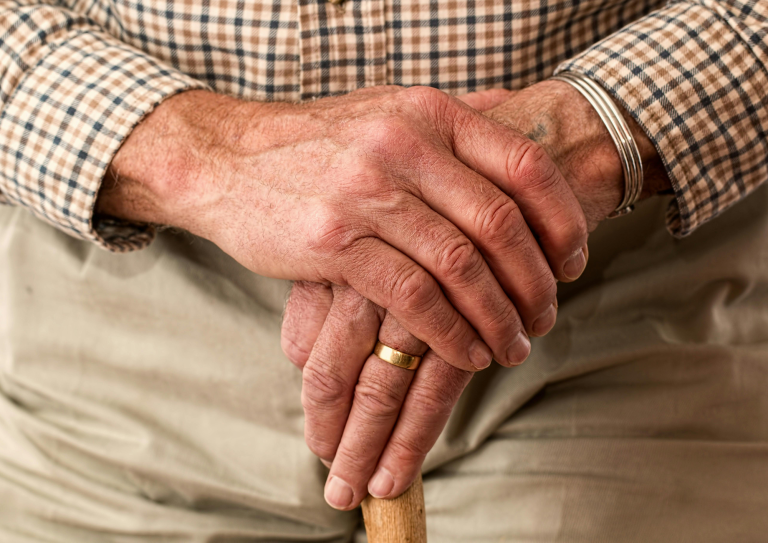
There are over 100 different types of arthritis, but the two most common are osteoarthritis and rheumatoid arthritis (RA). Osteoarthritis is related to aging and is the most common type of arthritis among seniors, while RA is caused by an autoimmune disease. Both types will have you looking for joint pain relief.
See your doctor
The first step to treating arthritis is to visit your doctor. Arthritis requires a medical diagnosis to determine what type of arthritis you have and what the best treatment options are. Different types of arthritis respond to different medications, from pain medications to steroid injections, so your doctor is the best person to help you find a treatment option that’s best for you. FellowshipLIFE medical group take a proactive approach to health and wellness, and our genetic counselors and physician can design a comprehensive personalized wellness plan based on your results.
At-home pain management for arthritis
While doctor-prescribed physical therapy and pain medication can be a big part of your treatment plan, there are things you can do at home that can help relieve pain.
- Exercise: Low-impact exercises such as walking, swimming, and biking are great options for keeping your body limber and maintaining a healthy weight. Stretching and balance exercises like yoga or tai chi can also help you reduce joint pain.
- Maintain a healthy weight: The more weight you have, the harder it is on your joints. Keeping a healthy weight can help reduce the stress your body is under.
- Over-the-counter medications: Depending on what your doctor has prescribed; you may also want to consider over-the-counter medications. NSAIDs and arthritis creams can help when you’re having a flare up.
- Hot and cold therapy: A weighted heating pad or a large ice pack can do a lot of good for sore joints. They can help reduce acute pain, especially when pressure changes in the weather cause flare ups. Ice is an especially good option for relieving sacroiliac (SI) joint pain.
- Posture: Good posture and avoiding repetitive motions can help keep stress off your joints and improve arthritis pain.
- Use appropriate assistive devices: Based on your doctor’s recommendations and your own knowledge of your abilities, you may want to consider using a can or walker to help you get around. Even something simple like a bottle and jar opener can make everyday tasks easier.
You’re not alone
Chronic pain like arthritis can cause feelings of depression and anxiety. Finding a community where you can talk about your experiences can help you feel like you’re not alone. Your doctor can refer you to a pain management specialist who can help you find coping strategies that work best for you.


